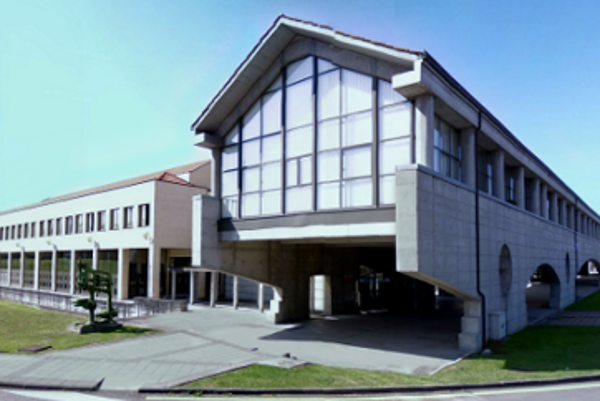Construcción e Ingeniería de Fabricación
Saila


University of Oxford
Oxford, Reino UnidoUniversity of Oxford-ko ikertzaileekin lankidetzan egindako argitalpenak (16)
2024
-
A microstructure-sensitive electro-chemo-mechanical phase-field model of pitting and stress corrosion cracking
Corrosion Science, Vol. 232
-
Computational predictions of weld structural integrity in hydrogen transport pipelines
International Journal of Hydrogen Energy
-
Damage Mechanics Challenge: Predictions based on the phase field fracture model
Engineering Fracture Mechanics, Vol. 301
-
Hydrogen trapping and embrittlement in metals – A review
International Journal of Hydrogen Energy
-
Hydrogen uptake kinetics of cathodic polarized metals in aqueous electrolytes
Corrosion Science, Vol. 231
-
Influence of concentration-dependent material properties on the fracture and debonding of electrode particles with core–shell structure
Journal of Power Sources, Vol. 603
-
On the suitability of single-edge notch tension (SENT) testing for assessing hydrogen-assisted cracking susceptibility
Engineering Failure Analysis, Vol. 162
-
Phase field cohesive zone modeling for fatigue crack propagation in quasi-brittle materials
Computer Methods in Applied Mechanics and Engineering, Vol. 422
-
Phase-field chemo-mechanical modelling of corrosion-induced cracking in reinforced concrete subjected to non-uniform chloride-induced corrosion
Theoretical and Applied Fracture Mechanics, Vol. 129
-
Predicting the impact of water transport on carbonation-induced corrosion in variably saturated reinforced concrete
Materials and Structures/Materiaux et Constructions, Vol. 57, Núm. 4
-
The role of chemo-mechanical modelling in the development of battery technology—a perspective
JPhys Energy
-
UMAT4COMSOL: An Abaqus user material (UMAT) subroutine wrapper for COMSOL
Advances in Engineering Software, Vol. 190
2023
-
Direct observations of electrochemically induced intergranular cracking in polycrystalline NMC811 particles
Journal of Materials Chemistry A, Vol. 11, Núm. 39, pp. 21322-21332
-
Fracture of bio-cemented sands
Extreme Mechanics Letters, Vol. 64
-
Hydrogen embrittlement susceptibility of additively manufactured 316L stainless steel: Influence of post-processing, printing direction, temperature and pre-straining
Additive Manufacturing, Vol. 78
2008
-
Augmented mixed finite element methods for the stationary stokes equations
SIAM Journal on Scientific Computing, Vol. 31, Núm. 2, pp. 1082-1119